If you are new to gardening, containers offer a relatively controlled environment to develop the skills needed to grow various plants, including vegetables, herbs, flowers, and fruits.
Initially, Container Gardening can be a bit of a challenge since there is a lot to learn. However, it is not complicated to understand and is truly rewarding once you get the hang of it.
In this guide, we’ll cover the basics of setting up and taking care of a container garden, including some common issues you might encounter and tips on how to deal with them.
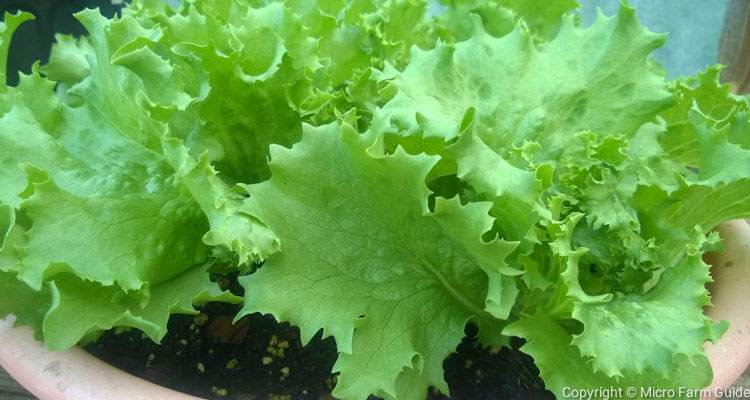
You will learn:
- How To Choose A Suitable Location
- Which Plants Are Best For Container Gardening
- How To Choose The Right Containers
- How To Prepare Potting Mix And Soils
- Seed Starting And Transplanting
- Best Practices For Watering Container Plants
- When To Apply Compost And Organic Fertilizers
- Importance Of Observation
- How To Reuse Soil After Harvest
Let’s Get Started!
1. How To Choose A Suitable Location
Container Gardening is just about the most flexible way to grow in less than ideal situations. Especially since you can literally move plants if necessary.
Ideally, you should choose a spot that receives 6 to 8 hours of sunlight daily and that is relatively close to your home with easy access to water. This can be a balcony, patio, rooftop, lawn, or backyard.
Avoid shady, hard-to-reach areas, especially under flowering trees and tall buildings. You can place containers on stands to protect them from curious pets and other animals.
2. Which Plants Are Best For Container Gardening?
Surprisingly, you can grow virtually any plant you can imagine in containers, except giant lumber trees such as Redwood, Oak, Pine, etc. That is unless you intend to create beautiful miniature Bonsai trees.
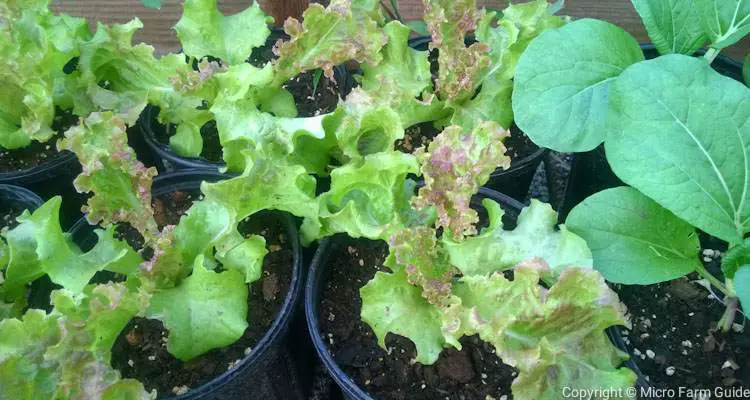
When selecting plants for your container garden, choose those you like to eat and find useful or attractive. Remember, trees grown in containers will not grow to their full potential. On the contrary, vegetables and herbs tend to grow pretty large as long as you provide suitable conditions.
As a beginner, I would suggest you stick to vegetables, herbs, and flowers. Only grow fruit trees if you have the space required for the large containers and the resources needed to provide the plants with ongoing nutrients and care.
3. How To Choose The Right Container
As mentioned before, plants grown in containers are usually smaller than their in-ground counterparts. This is possibly linked to the space available for root development.
Ideally, choose the largest containers that you can afford, provided you can move them when necessary. Large containers require less watering and allow adequate space for roots to grow.
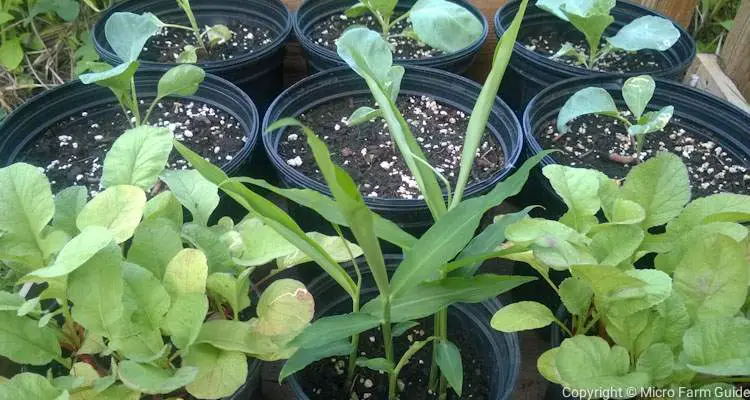
Ensure that the containers have suitable drainage holes and are made from food-safe materials. You can even repurpose containers, provided they were not used to store toxic substances.
There are so many types of containers to choose from, with prices influenced by the material, size, and shape. Just ensure they are deep enough for the plants you intend to grow.
As a beginner, you should consider using plastic nursery pots. They are affordable and usually available in various sizes, colors, and shapes. However, I must admit that containers made from natural materials such as wood, clay, bamboo, etc., look fantastic.
4. How To Prepare Potting Mix & Soil
To get the best results from container gardening, you need a well-drained, disease-free growing media that is rich in organic material. It should be capable of retaining enough moisture without becoming soggy.
While you can use regular soil in your containers, you should use the best possible potting mix that you can afford. Especially if you wish to avoid introducing harmful organisms to your plants.
Don’t worry if the potting soil is not “Organic Certified,” it will be improved significantly over time. You can add additional perlite or vermiculite to further enhance drainage, if necessary.
When using a potting mix, always ensure that you moisten it with water before filling the containers since moist potting mix tends to stick together.
Fill the container, leaving about one inch from the top. Tap it after filling to remove large air pockets and allow the media to settle. Add more material until it reaches the original mark.
Note: Contrary to popular belief, you do not need to place gravel or other material at the bottom of the container to improve drainage. In some instances, these materials actually retain moisture.
5. Seed Starting And Transplanting
With container gardening, you’ll have the chance to try numerous plants within a growing season. At first, it makes more sense to purchase seedlings, but after a while, you will get curious about the entire process.
Most plants are easy to grow from seeds. Still, some have specific growing requirements, such as light or extended germinate periods. As a result, you will need to do some research on a particular variety of plants.
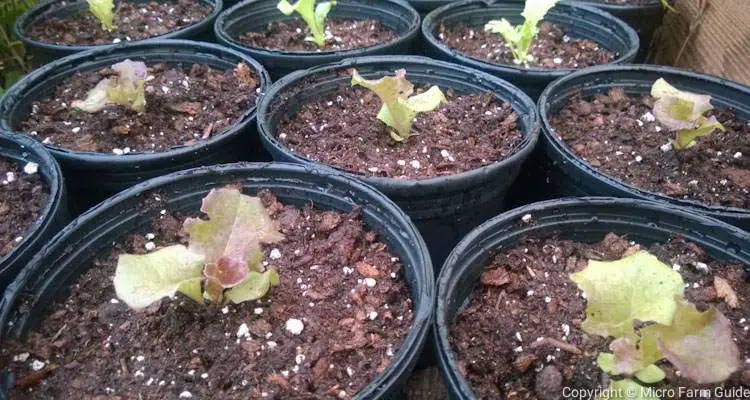
However, in most instances, the sowing process is similar:
- Fill a seed starting tray with some moist potting mix.
- Place the seeds onto the surface of the media.
- Cover with a thin layer of potting mix and press gently.
- Water the newly-sown seeds from below or with a mist.
- Place into a cool, dark place until seeds germinate.
Most seedlings will take between 3 to 6 weeks before you can safely transplant them into the containers. During this time, ensure they get enough water and fertilizer when necessary.
Once ready, transplant the seedlings into the designated pots, providing the nutrients and care they need to grow correctly.
6. Best Practices For Watering Container Plants
One of the significant issues facing container gardens is their tendency to dry out when you least expect it. This is even more common during hot spells, in small pots, and as the plants get larger.
Here are some measures you can take to ensure your plants receive enough water to thrive in their containers.
- Water plants by first sprinkling the surface, allowing the water to penetrate. Then water thoroughly until excess emerges from the drainage holes.
- Water at the root zone, avoiding the leaves if possible, but don’t worry too much if they get sprinkled.
- Place plants in suitably sized containers. If a plant requires water more than once per day, it’s time to transplant it to a larger container.
- Use mulch or shade material during dry spells to lessen evaporation and protect plants from intense heat.
- Water more frequently if using clay or concrete pots since water evaporates from the walls of these containers.
Over time you will get a feel for what your plants need based on their size, temperature, containers, etc. Practice makes perfect!
7. When To Apply Compost And Organic Fertilizer
Organic Fertilizers and Compost can cost a small fortune based on where you live. Thankfully, they are easy to make, even within the confines of a small apartment.
You can apply compost as a surface dressing or mulch about one week after transplanting and every 3 to 4 weeks after that. This will provide much-needed microorganisms and nutrients.
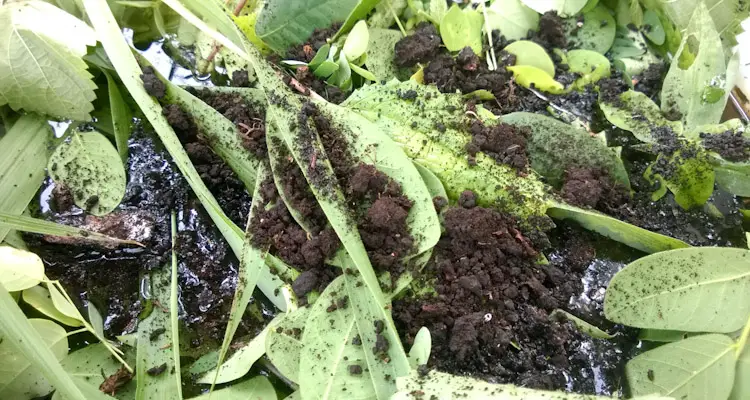
Apply an organic liquid fertilizer every two weeks, especially if containers are exposed to heavy rains for extended periods.
Do not over think fertilizer applications. Most organic fertilizers provide a wide range of macro and micronutrients. Under typical circumstances, plants will take what they need.
However, you can look at The Nutritive Cycle Theory to get a general idea of which nutrients plants need at various stages of development.
8. Importance Of Observation
Whether you like it or not, your garden is going to attract many creatures; insects, birds, and other creepy crawlers. In most cases, this is not a problem until it is.
Make some time each day to inspect plant leaves for signs of pest damage and other abnormalities. Look for signs of wilting, yellowing, holes in leaves, and other indicators of unhappy plants. Remove visible offenders and severely damaged leaves if necessary.
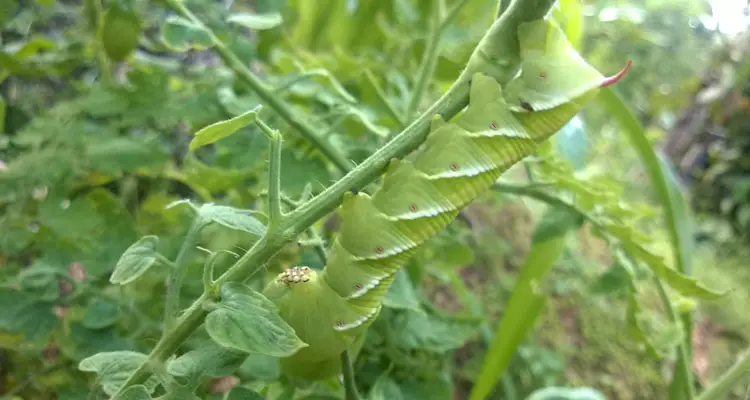
However, do not reach for pesticides just yet, not even organic ones. Look out for beneficial insects such as pollinators, parasitic wasps, and ladybirds. Remember, indiscriminate use of pesticides can kill the good guys as well.
In most cases, pests are attracted to young, weak, and stressed plants. Usually, healthy plants can withstand moderate pest damage, which lessens as they mature. At this point, most pests lose interest and look for more suitable targets.
By observing these interactions, you will be able to identify early signs of distress and have the time to research and make more informed decisions.
9. How To Reuse Potting Soil After Harvest
Let’s face it, purchasing potting soil can get expensive over time. As such, it makes no sense to discard it after each use. Instead, we need to figure out a way to rejuvenate the soil.
You can revitalize used potting soil by adding compost, organic fertilizer, perlite, vermiculite, and other soil amendments to it. Alternatively, you can add it directly to the composting system of your choice, which results in a highly fertile potting medium.
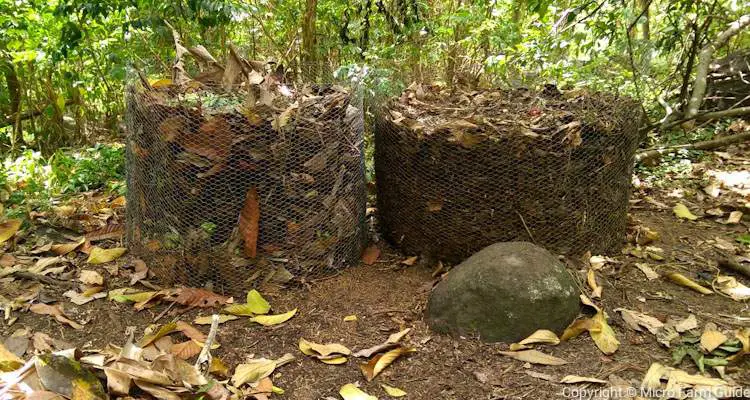
Eventually, you will create a virtually endless supply of potting mix, which you can use to expand your garden at little to no extra cost to you.
Final Thoughts
Container Gardening is an ideal introduction to growing various crops. It allows you to acquire the skills, patience, and techniques needed to efficiently set up and take care of a garden.
However, it requires some resources and dedication to get it started, most of which includes your time and energy. If money is an issue, you can always go the DIY route and use alternative materials to get started, which will require some extra time.
If you are interested in learning more about Container Gardening and natural farming techniques, feel free to Join Our Weekly Newsletter.
Related Questions
Is Container Gardening Safe?
Container Gardening is as safe as the materials and equipment used to produce the various plants. As a result, you should ensure that you use food-safe, non-toxic containers and well-rotted, disease-free potting soils and amendments. In doing this, you limit the chances of contamination from harmful substances and pathogens.
References
Texas A&M AgriLife Extension. Container Gardening. agrilifeextension.tamu.edu. Accessed July 2022
